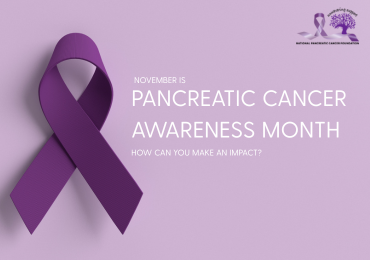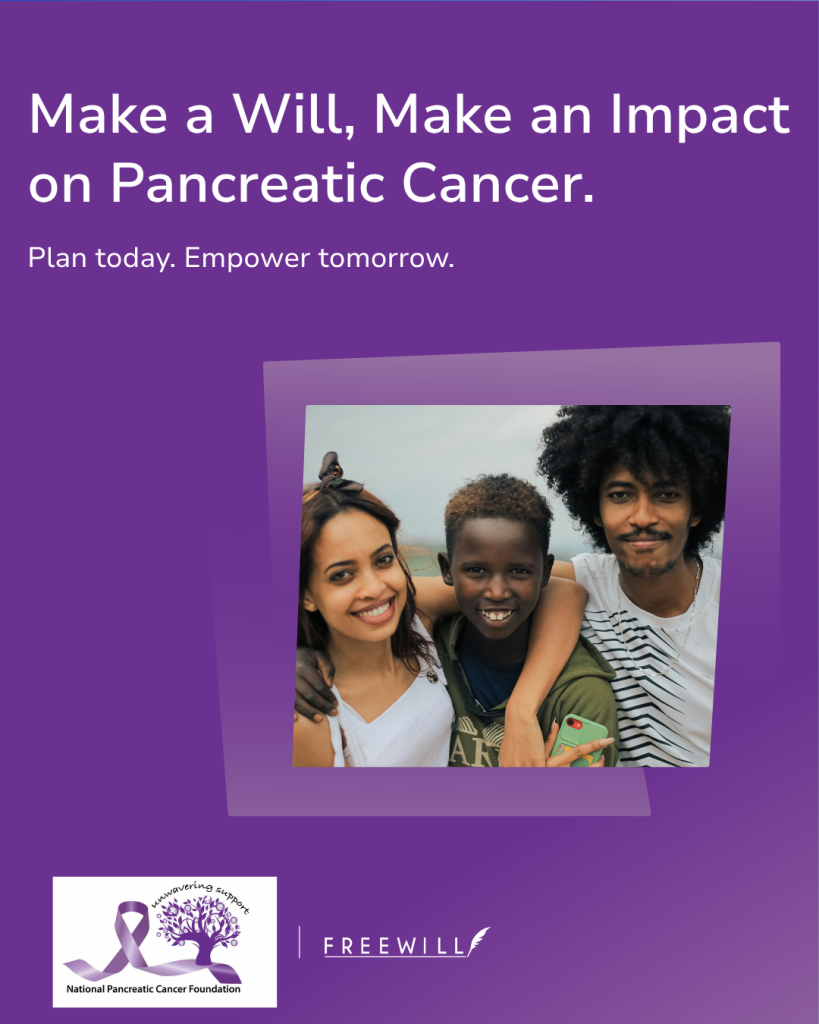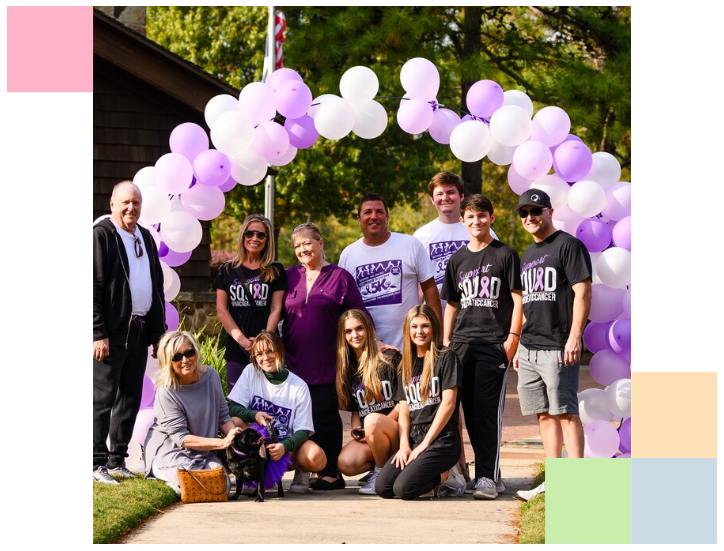Estimated reading time: 6 minutes
Key Takeaways
- Pancreatic Cancer Awareness Month occurs every November, with World Pancreatic Cancer Day on November 21, 2024.
- Purple serves as the universal symbol for pancreatic cancer awareness and solidarity.
- The disease has a devastating five-year survival rate below 13%, making awareness efforts critical.
- Simple actions like wearing purple, donating, and sharing information can make a meaningful impact.
- 64,050 new cases are projected in the U.S. for 2024, with rising rates among younger adults.
Table of contents
Public health campaigns rely on focused awareness efforts to drive progress, particularly for diseases like pancreatic cancer, where late-stage diagnosis and limited treatment options demand urgent attention.
For a broader background on the disease, readers can learn more at what is pancreatic cancer.
Pancreatic Cancer Awareness Month occurs every November, uniting patients, families, and advocates globally. This year, World Pancreatic Cancer Day falls on November 21, 2024. With a five-year survival rate below 13%, the need for awareness and action, has never been clearer.
Understanding Pancreatic Cancer Awareness Month
Pancreatic Cancer Awareness Month takes place annually in November, with World Pancreatic Cancer Day anchored on the third Thursday of the month. In 2024, that date is November 21.
For additional insights into the basics of pancreatic cancer, visit what is pancreatic cancer.
The initiative traces back to the early 2000s, when advocacy groups sought to address the disease’s low visibility and high mortality rates. By designating a dedicated month, organizations could:
- Amplify outreach through coordinated campaigns
- Optimize fundraising efforts
- Centralize education about symptoms and risk factors
- Honor those affected by the disease
Concentrating efforts during November creates momentum for research funding and policy changes while offering a platform for collective remembrance.
The Significance of Purple
Purple serves as the universal symbol of pancreatic cancer awareness, representing resilience and hope. Its visibility sparks conversations and fosters solidarity among supporters.
Simple acts make a difference:
- Wearing purple clothing or accessories
- Participating in community events like “Purple Runs”
- Illuminating homes or buildings with purple lights
- Sharing social media posts with dedicated hashtags (#PancreaticCancerAwareness, #WearPurple)
These gestures not only raise awareness but also create opportunities to discuss early detection and support services.
Ways to Support the Cause
Fundraising Initiatives
- Organize local events (walks, bake sales) with proceeds directed to research
- Launch virtual campaigns via platforms like Facebook Fundraisers
- Partner with established organizations for ready-made toolkits
- Learn how to make a tangible difference by donating
Digital Advocacy
- Share verified statistics and survivor stories
- Use profile frames or filters during November
- Distribute infographics about symptoms and risk factors
Community Education
- Host informational sessions at workplaces or schools
- Distribute pamphlets at health fairs
- Encourage conversations about family medical history
- Access emotional and practical support resources
Collaboration with groups like the National Pancreatic Cancer Foundation or Pancreatic Cancer North America ensures efforts align with broader goals.
Current Pancreatic Cancer Statistics
Key 2024 data highlights the disease’s growing impact:
- New Cases: 64,050 projected diagnoses in the U.S., with rising rates among younger adults and Black women.
- Global Burden: Ranked 7th among cancer-related deaths worldwide.
- Survival Rates: 90% of patients will succumb to the disease; the five-year survival rate remains under 13%.
For more information on early detection strategies, see recognizing early signs of pancreatic cancer. - Trends: Incidence and mortality rates continue climbing, underscoring the need for early detection methods and improved therapies.
These figures reinforce why awareness campaigns matter, they drive funding, shape policy, and ultimately save lives.
“With survival rates stagnant and cases increasing, collective action isn’t just valuable, it’s vital.”
Pancreatic Cancer Awareness Month (November) and World Pancreatic Cancer Day (November 21, 2024) offer critical opportunities to act. Whether through wearing purple, donating, or sharing information, every effort contributes to progress against this deadly disease.
Frequently Asked Questions
What are the early symptoms of pancreatic cancer?
Unexplained weight loss, persistent abdominal or back pain, jaundice, and sudden-onset diabetes warrant medical evaluation.
How can I donate responsibly?
Contribute through reputable organizations like the National Pancreatic Cancer Foundation or university-based research programs.
Why is pancreatic cancer so lethal?
Late detection and limited treatment options exacerbate outcomes, as symptoms often appear only in advanced stages. For further questions and community-based support, visit frequently asked questions.




